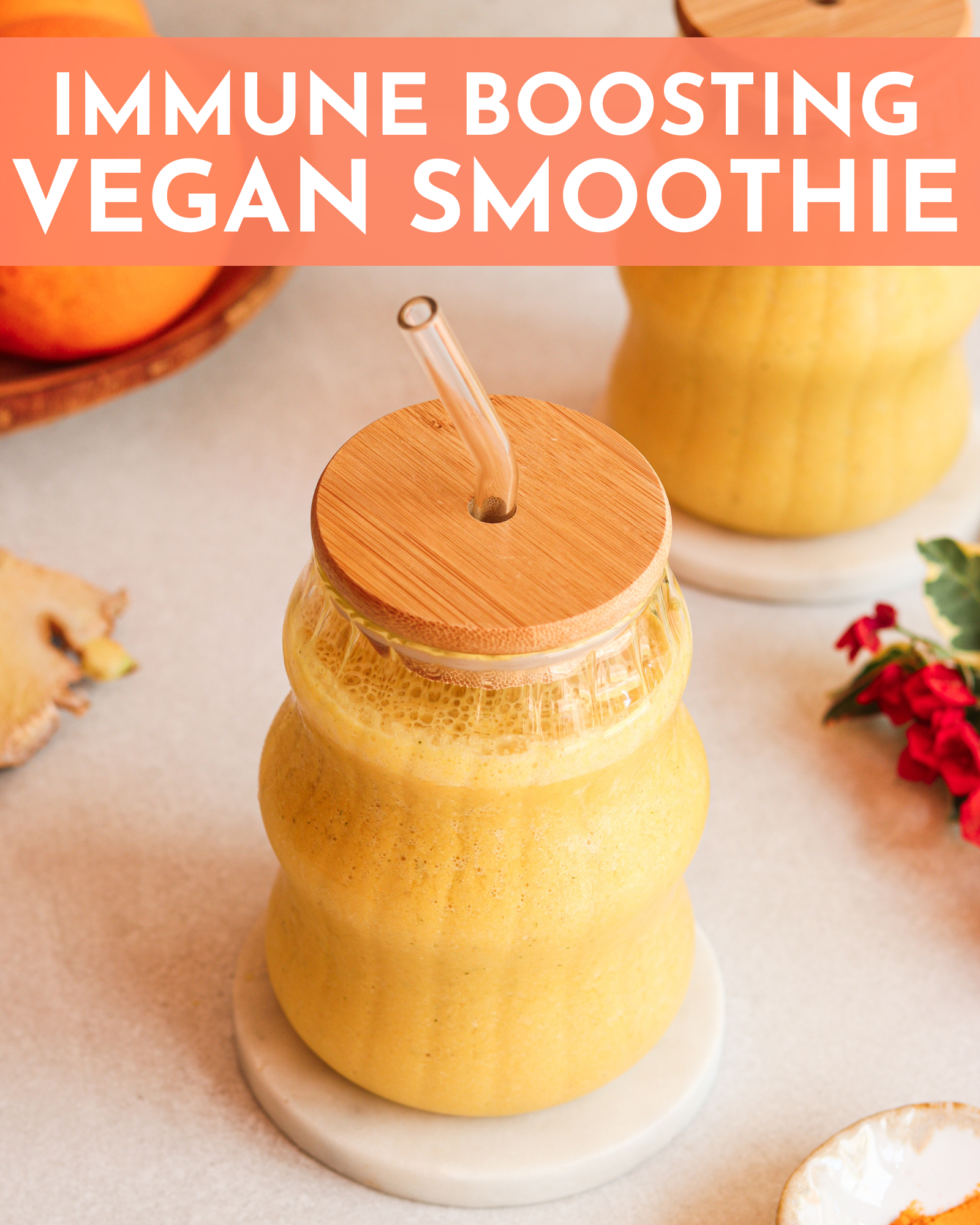Ready to fill your kitchen with the warm, comforting scent of fresh bread? This homemade French bread recipe is just what you need. Whether it’s your first time baking bread or you’re a seasoned pro looking for an easy French bread recipe, you’ll end up with a golden brown loaf that’s as satisfying to make as it is to eat. The process is simpler than you might think, and nothing beats the taste of crusty French bread straight from your own oven. So, roll up your sleeves and get ready to bake, and good luck resisting the urge to tear into the loaf the second it’s out of the oven!
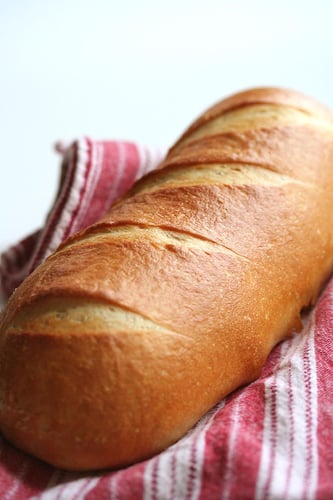
Why This French Bread Recipe Works:
- Simplicity and Flavor: This recipe demystifies the process of making homemade bread. With a little bit of kneading, shaping, and baking, you’ll have crusty French bread that rivals your favorite bakery’s. From first rise to final rise, you’ll learn how to ensure the perfect texture and flavor.
- Versatile and Delicious: Once you master this easy bread recipe, the sky’s the limit! Enjoy your bread as is, or turn it into garlic bread, French bread pizza, or simply slather it with butter. It’s one of my favorite bread recipes because of how adaptable it is.
- Steam Technique for Crust: My quick note about creating steam in the oven is a game-changer. This technique is what gives the bread its beautifully crispy crust and tender interior – hallmark qualities of the best French bread recipe.
Secrets to Making the Perfect Loaf of French Bread in 3 Hours
Usually, my stand-by recipe is the No Knead Bread (because it’s so darn easy) but it does require you to mix the dough at least 12 hours prior. When I only have a three hours, this is my recipe which is based on trial-and-error from baking over 40 loaves in the past 8 months. The techniques are a combination of things I learned from Pamela Anderson (no, not the model–the chef Pam Anderson!), the original No Knead Recipe published in the NY Times, and Rose Levy Beranbaum (author of the Bread Bible).
Secret #1: Knead dough with dough hook for 2 minutes. Let it rest for 7 and then knead again for another 3 minutes. If you are doing this by hand, then your formula is 6 min-7 min-7 min. Letting the dough rest at this stage allows the gluten to relax, redistribute, and get all cozy. It results ultimately a smoother, well-mixed dough. After the brief rest, you’ll feel a difference in the dough. It’s more supple and soft.
Secret #2: Pinch! When you form the dough into a loaf (see photo below) pinch all ends tightly to create a seal. Basically, you are creating surface tension so that the gas from the yeast (or as Alton Brown describes “When the yeast burps”) the dough expands up and out evenly. If I don’t create this surface tension, the dough in the oven will just go “blah” like Al Bundy on the couch. Something called gravity makes the dough expand down and flat.
Secret #3: Use a pizza stone, cast iron dutch oven or my favorite Pampered Chef Covered Baker. Just make sure that your loaf will fit into the vessel. Stone or cast iron retains heat and radiates the heat of the oven evenly. If you don’t have one, don’t worry, just use a good quality, thick baking sheet, inverted.
Secret #4: Steam = thin, crunchy, beautiful crust. In the No Knead recipe, there is a high proportion of water to flour. Because the No Knead dough rests for multiple hours, lots of water in the recipe works. In this 3 hour french bread recipe, you can’t do that. To make steam (a.k.a. crust) – you have to do one of 2 things, depending on the baking vessel.
-> Pizza stone or baking sheet: Once you put the bread in the oven, throw 1/2 cup of water on the oven floor (electric oven) and immediately close the door. No, it won’t harm the oven. It’s a technique that professional bakers recommend for every home oven (professional ovens have a built in steamers). Once the water hits the hot oven floor, it creates steam, which creates the crust. (If you’re at all worried about this method, you can simply use a spray bottle to wet the inner sides of your oven.)
Alternatively, place a metal loaf pan or baking sheet on the very bottom rack of the oven, off to one side. Heat the pan while you are preheating the oven. Once you put the bread into the oven, pour 1/2 cup water into the hot pan. Since the pan has been heated, it will produce the steam required. Make sure your heated pan is off to one side of the oven – so that when the steam rises, it can rise up and around the bread (not under it, which makes it harder for the steam to reach the bread)
Basically, cold water in hot pan + hot oven = steam. I have an electric oven (heating element is on the top of oven). Some bakers throw ice cubes in, but I prefer water.
-> Covered baker or dutch oven: You’ll need less water – about 1/4 cup. Once you put the loaf into the very hot pot, throw in the water and over the lid immediately. Put the pot directly in the oven. Because you’ve pre-heated the oven AND the pot for 1 hour, the trapped water in the pot will create steam.
Secret #5: Timing and temperature.
- Have an instant read thermometer. The internal temperature of the bread should be 190-200F when you pull it out.
- All ovens are different and I’m sure our loaves will be different shapes.
- The timing in the recipe below is just a guide for you – this is what works in my oven and how I shape my loaves.
- Please make sure that you check the internal temp of your bread to gauge doneness.
How to Make the Perfect French Bread – Step By Step
- Put 1/4 cup of bread flour on your clean counter top and reserve. Place remaining 3 3/4 cups bread flour in your mixer bowl. Spoon the yeast on one side of the bowl, and the salt on the other side. Pour in the warm water and with your regular mixer paddle, mix on low speed until the dough comes together in a mass. Switch to the dough hook. Mix on medium speed for 2 minutes. Dough should clear the sides but stick to the bottom. If it is too sticky, add 1 tablespoon of flour at a time. If too dry, add 1 tablespoon of water to dough to adjust.
- Let the dough rest for 5 minutes.
- The dough should look like this during the rest:

- Turn the mixer on again and mix for 3 minutes. Take the dough out and place on the counter. Remember that 1/4 cup of flour that we reserved? We’ll use it now. As you knead the dough by hand, incorporate more flour as you need.
- Knead by hand until the dough is very satiny, smooth, tight and formed into a nice, compact ball:

- Place this dough in a large lightly oiled bowl (I use Pam spray). Turn dough over so that all sides have a thin coating of oil. Cover with plastic wrap and set in warm place for 1 1/2 hours to let rest and rise. Dough should almost double in size.
- While the dough is rising, about 1 hour into the rising stage, preheat your oven to 450F and place your pizza stone, inverted baking sheet or covered cast iron pot into the oven to heat up. If you are using a loaf pan for steam, also place that into the oven, on the very bottom rack, off to one side of the oven.
- After the dough has risen fully, punch dough down and form back into a ball. Poke your finger on the surface – the dough should give into the pressure and slowly creep back up.
- Ok, here’s the fun part. Cut the dough into half & you’ll shape one half at a time (keep the other piece under wraps) Pick up the dough & stretch it out until it forms a big rectangle. Dust your work surface with flour and fold over the ends of the dough like this:

- Now do a little karate chop lengthwise down the middle of the bread and stretch out the long ends again. Fold over in half. The karate chop helps get the middle tucked inside. Pinch all sides shut. This is important you want to make sure that all ends including the short ends are pinched tightly to create a seal. This allows the bread to rise & expand up and out evenly. If the bread looks a little lopsided, you can try to fix it by letting it rest 5 minutes and gently stretching it out again. Just don’t knead the dough again & pop all the beautiful gas that took 1.5 hours to create!
- Here’s what it should look like:

- Turn the bread over so that it is seam side down. Cover the loaf with a damp kitchen towel. Repeat with the other dough ball. Leave the loaves to rest on your well-floured pizza peel or cutting board for 30 minutes.
- After bread is done rising, take a sharp paring knife and make 3-4 shallow, diagonal slashes on the surface of the loaf. This allows the steam in the bread to escape so that it expands evenly during the baking process:

- When you are ready to bake, remove your baking vessel from oven. Carefully slide the gorgeous loaf into or onto your baking vessel.
- If you are using pizza stone or inverted baking sheet: You can probably fit both loaves on it at the same time, just leave at least 6-8″ of space between the loaves.
- Get a 1/2 cup of water ready next to the stove. Open the stove, put your bread in the oven and throw the water on the oven floor or in the pre-heated loaf pan. Immediately close the oven door. This creates your steam.
- Bake 20-25 minutes. Check temperature of the bread internal temperature should read 190-200F. Remove and let cool before cutting into it.
- If you are using a long cast-iron pot or covered baker: Before closing the lid on your pot/baker, put 1/4 cup of water directly in the pot. Cover immediately. Put pot in oven.
- Bake 10 minutes. Remove lid of pot. Bake another 14 minutes. Check temperature of the bread internal should be 190-200F.
- Remove and let cool before cutting into it. Repeat with other loaf. (For convection ovens- bake 8 min covered, 10-12 min uncovered.
- Check temperature of bread) To re-crisp the crust, put in 375F oven for 5 minutes. Eat one loaf, share the other loaf with a friend!

FAQs
How do I know when my bread is done baking?
The bread is done when it has a golden brown crust and sounds hollow when tapped on the bottom. A digital thermometer inserted into the center of the bread should read 190-200F for the perfect bread.
Can I make this bread into garlic bread or French bread pizza?
Absolutely! For garlic bread, mix softened butter with minced garlic, spread on the bread, and broil until golden. For French bread pizza, top with your favorite sauce, cheese, and toppings, then bake until the cheese is bubbly and melted.
My bread didn’t rise much during the first rise. What might have gone wrong?
If your bread didn’t rise well, it could be due to a few factors such as old yeast, not enough warmth during the rise, or improperly measured ingredients. Make sure your yeast is fresh and that the dough is kept in a warm, draft-free area.
Is it necessary to use a pizza stone or cast-iron pot?
While using a pizza stone or cast-iron pot can enhance the bread’s crust, you can also bake the bread on a regular baking sheet. The key is to create steam in the oven as the bread bakes to achieve that characteristic crusty exterior.
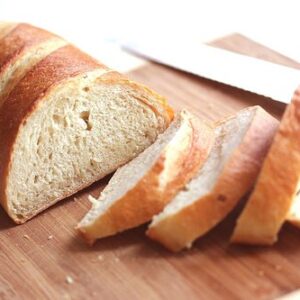
French Bread Recipe
Ingredients
- 4 cups bread flour
- 2 teaspoons active quick rising dry yeast
- 2 teaspoons salt
- 1/2 cups warm water
Instructions
- Put 1/4 cup of bread flour on your clean counter top and reserve. Place remaining 3 3/4 cups bread flour in your mixer bowl. Spoon the yeast on one side of the bowl, and the salt on the other side. Pour in the warm water and with your regular mixer paddle, mix on low speed until the dough comes together in a mass. Switch to the dough hook. Mix on medium speed for 2 minutes. Dough should clear the sides but stick to the bottom. If it is too sticky, add 1 tablespoon of flour at a time. If too dry, add 1 tablespoon of water to dough to adjust.
- Let the dough rest for 5 minutes.
- The dough should look like this during the rest:

- Turn the mixer on again and mix for 3 minutes. Take the dough out and place on the counter. Remember that 1/4 cup of flour that we reserved? We'll use it now. As you knead the dough by hand, incorporate more flour as you need.
- Knead by hand until the dough is very satiny, smooth, tight and formed into a nice, compact ball:

- Place this dough in a large lightly oiled bowl (I use Pam spray). Turn dough over so that all sides have a thin coating of oil. Cover with plastic wrap and set in warm place for 1 1/2 hours to let rest and rise. Dough should almost double in size.
- While the dough is rising, about 1 hour into the rising stage, preheat your oven to 450F and place your pizza stone, inverted baking sheet or covered cast iron pot into the oven to heat up. If you are using a loaf pan for steam, also place that into the oven, on the very bottom rack, off to one side of the oven.
- After the dough has risen fully, punch dough down and form back into a ball. Poke your finger on the surface – the dough should give into the pressure and slowly creep back up.
- Ok, here's the fun part. Cut the dough into half & you'll shape one half at a time (keep the other piece under wraps) Pick up the dough & stretch it out until it forms a big rectangle. Dust your work surface with flour and fold over the ends of the dough like this:

- Now do a little karate chop lengthwise down the middle of the bread and stretch out the long ends again. Fold over in half. The karate chop helps get the middle tucked inside. Pinch all sides shut. This is important you want to make sure that all ends including the short ends are pinched tightly to create a seal. This allows the bread to rise & expand up and out evenly. If the bread looks a little lopsided, you can try to fix it by letting it rest 5 minutes and gently stretching it out again. Just don't knead the dough again & pop all the beautiful gas that took 1.5 hours to create!
- Here's what it should look like:

- Turn the bread over so that it is seam side down. Cover the loaf with a damp kitchen towel. Repeat with the other dough ball. Leave the loaves to rest on your well-floured pizza peel or cutting board for 30 minutes.
- After bread is done rising, take a sharp paring knife and make 3-4 shallow, diagonal slashes on the surface of the loaf. This allows the steam in the bread to escape so that it expands evenly during the baking process:
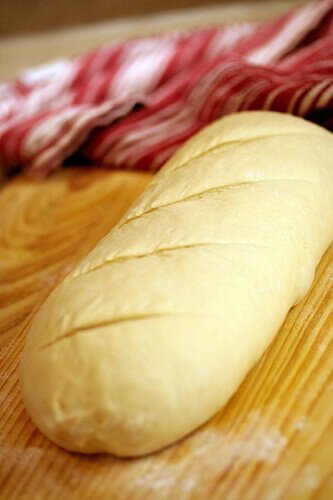
- When you are ready to bake, remove your baking vessel from oven. Carefully slide the gorgeous loaf into or onto your baking vessel.
- If you are using pizza stone or inverted baking sheet:You can probably fit both loaves on it at the same time, just leave at least 6-8" of space between the loaves.
- Get a 1/2 cup of water ready next to the stove. Open the stove, put your bread in the oven and throw the water on the oven floor or in the pre-heated loaf pan. Immediately close the oven door. This creates your steam.
- Bake 20-25 minutes. Check temperature of the bread internal temperature should read 190-200F. Remove and let cool before cutting into it.
- If you are using a long cast-iron pot or covered baker:Before closing the lid on your pot/baker, put 1/4 cup of water directly in the pot. Cover immediately. Put pot in oven.
- Bake 10 minutes. Remove lid of pot. Bake another 14 minutes. Check temperature of the bread internal should be 190-200F.
- Remove and let cool before cutting into it. Repeat with other loaf. (For convection ovens- bake 8 min covered, 10-12 min uncovered.
- Check temperature of bread) To re-crisp the crust, put in 375F oven for 5 minutes. Eat one loaf, share the other loaf with a friend!
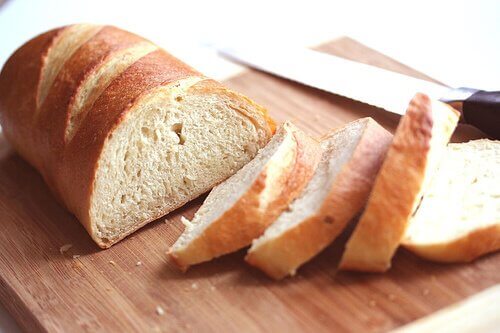
How about No Knead Bread?
 My 4-Year Old Son, Andrew Bakes No Knead Bread
My 4-Year Old Son, Andrew Bakes No Knead Bread




